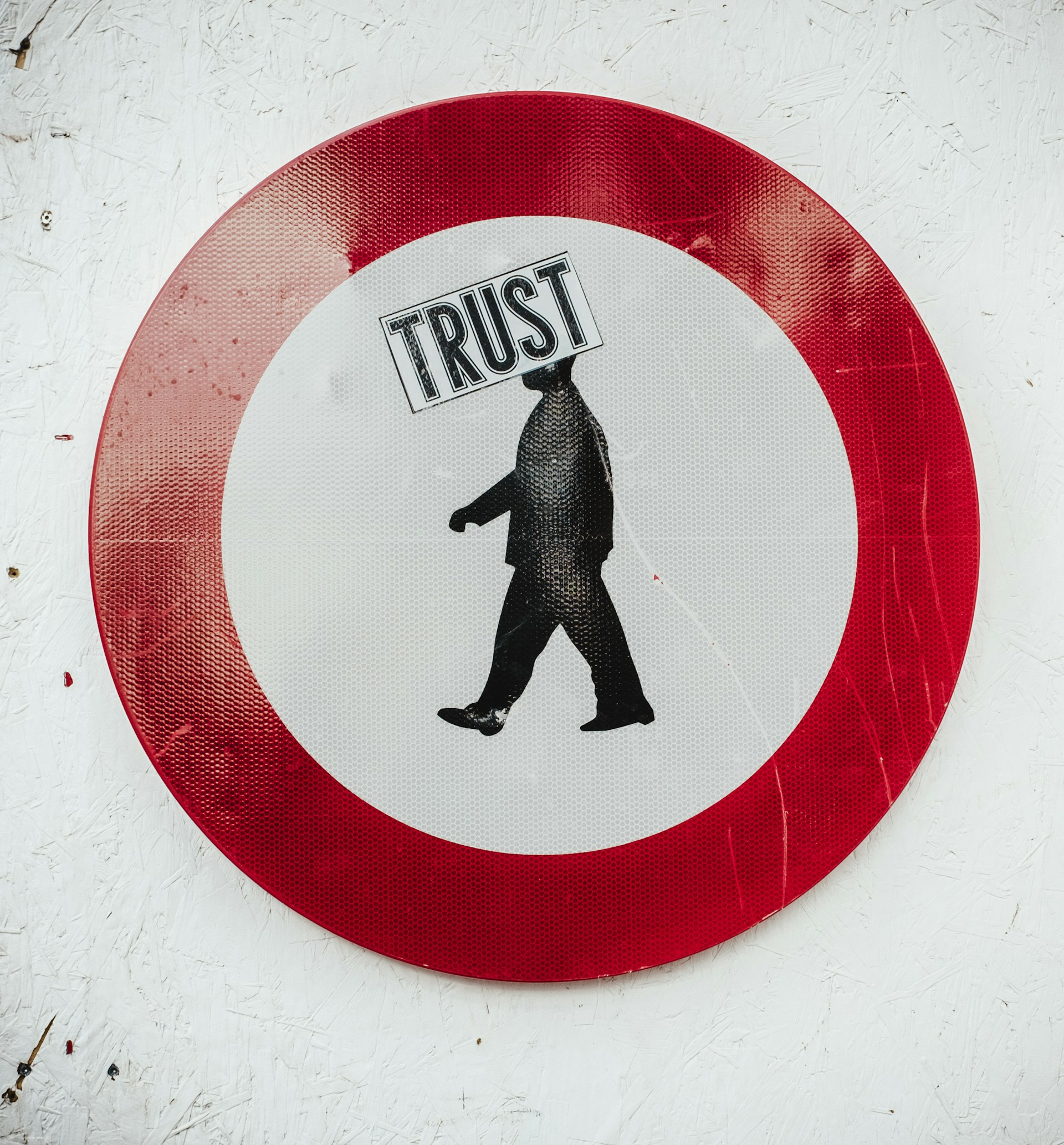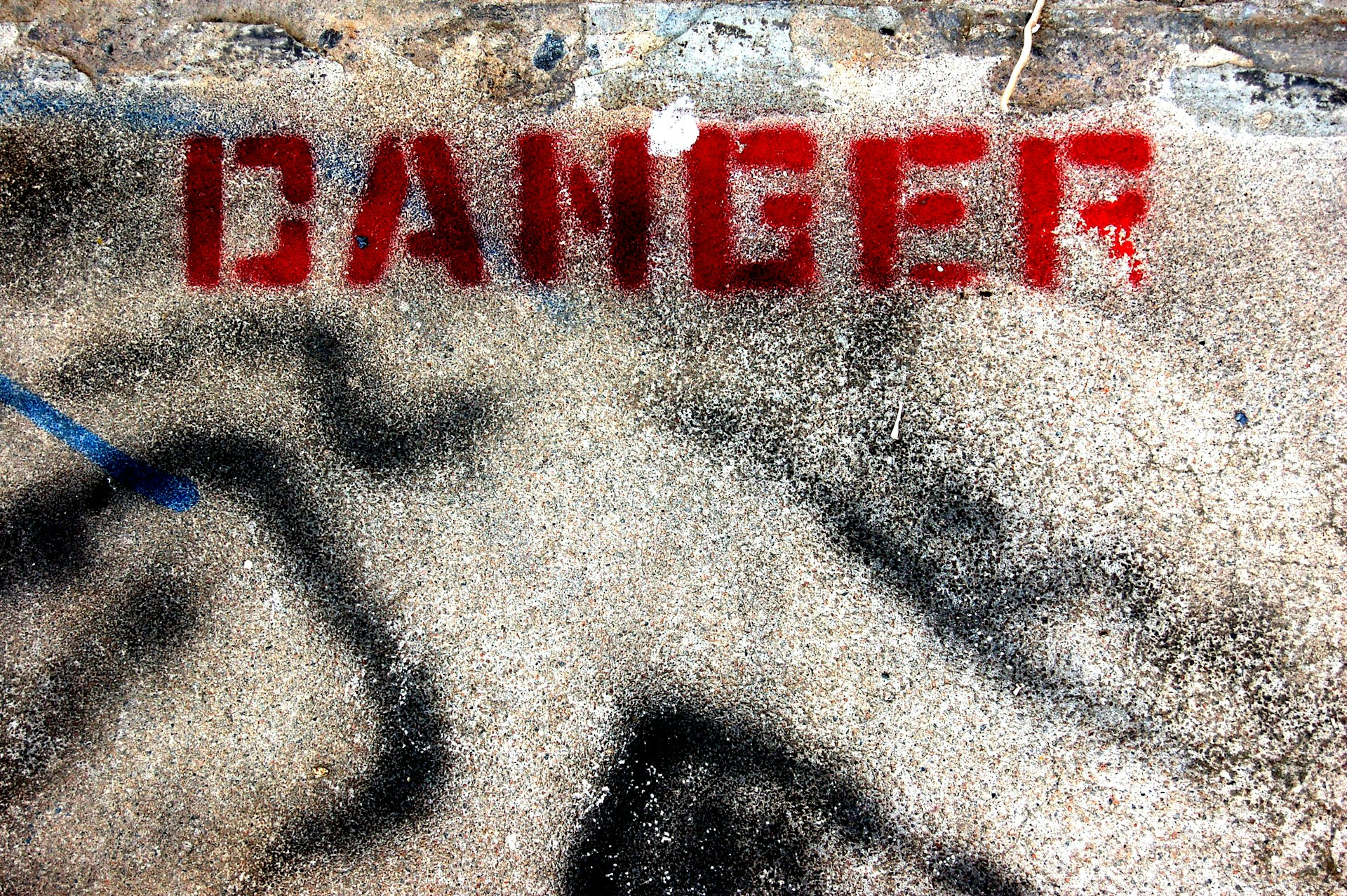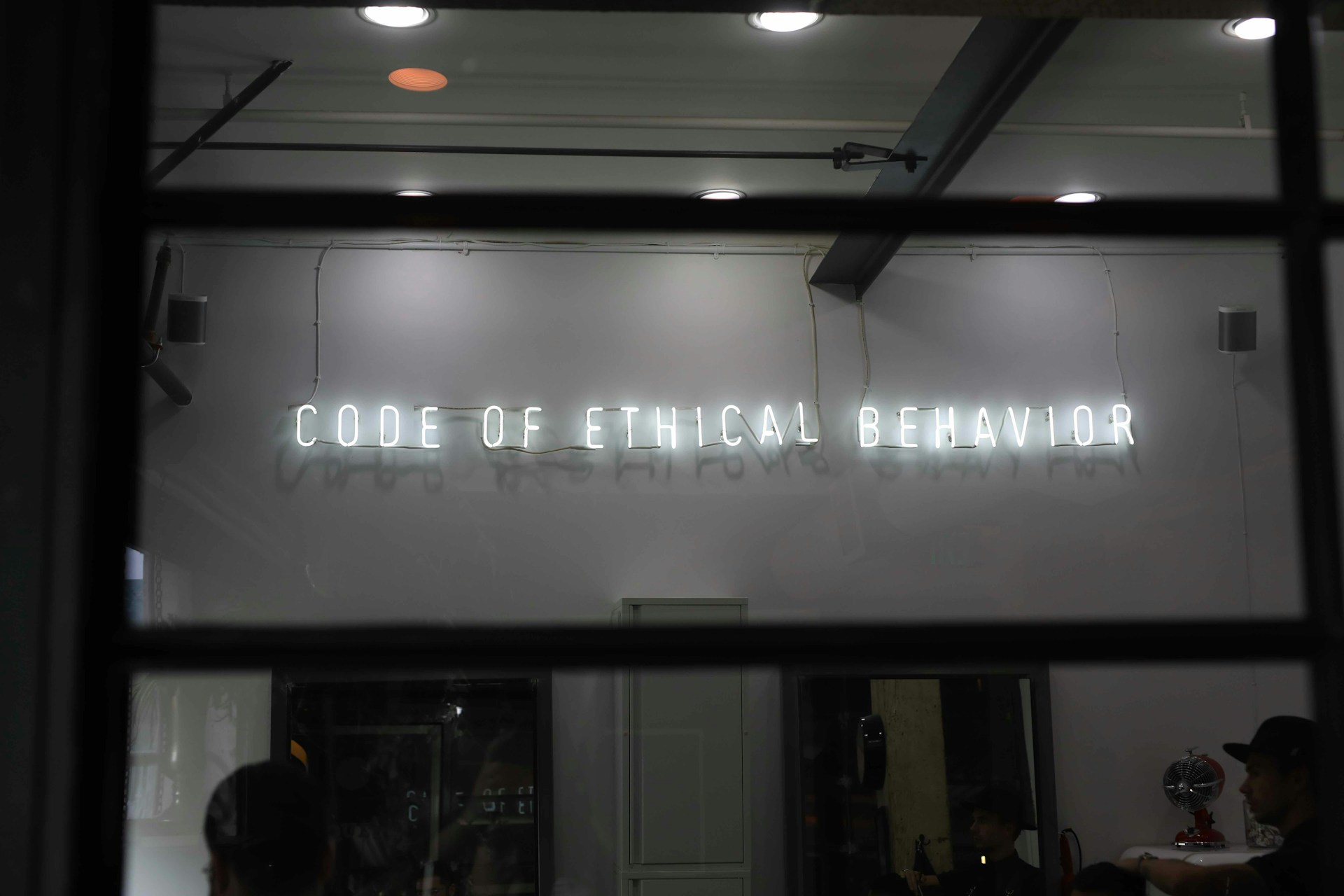Marketing often feels like a battlefield, doesn’t it? Brands shouting over each other, using every trick in the book to grab attention. Scarcity timers, exaggerated claims, guilt trips—manipulation has become the standard playbook.
But here’s the thing: manipulation doesn’t build relationships. It creates friction and distrust, and an audience is always on edge.
You don’t have to market this way. The most successful and sustainable brands don’t. Instead, they choose a quieter, more human path—empathetic marketing. They lead with stories that resonate, connect, and inspire. And if you’re tired of the old ways of doing things, this might just be your path, too.
What Is Empathetic Marketing, Anyway?
Empathy isn’t just a buzzword—it’s the foundation of any good relationship, including the one you build with your audience. At its core, empathetic marketing means seeing your customers as people first. It’s about understanding their struggles, their dreams, their lives beyond the transaction.
Think of it like sitting across the table from a friend. You wouldn’t try to trick them into agreeing with you. Instead, you’d listen, share, and find common ground. That’s what empathetic marketing does.
Why Empathy Works
Here’s a simple truth: people want to feel seen. They crave connection. When your marketing reflects a genuine understanding of their lives, it stops feeling like marketing. It feels like a conversation.
Empathy builds trust, and trust builds loyalty. A brand that “gets” its audience isn’t just selling a product. Instead, it’s creating a relationship. And relationships last far longer than the fleeting satisfaction of a one-time sale.
Your goal should always be to meet someone where they are and create a relationship that goes beyond any transaction (or series of transactions!). If you’re only in it for the sale, you’re doing it wrong.
Storytelling: The Secret Sauce
Humans are storytellers. We always have been. Stories are how we make sense of the world. They’ve been part of human culture for millennia because they resonate on an emotional level. When you tell a story, you invite your audience into an experience.
Think about the last time a brand’s story stuck with you. Maybe it was a local bakery talking about how they source ingredients from nearby farms. Or a nonprofit sharing the impact of their work through real people’s lives. Those stories linger because they’re human—they tap into something deeper than the product itself.
When you use storytelling in your marketing, you’re not just selling a widget or a service. You’re inviting your audience to be part of something bigger.
Move Away from Manipulation
Let’s talk about what empathetic marketing isn’t. It’s not the scarcity countdowns that pressure people into decisions they’re not ready to make. It’s not playing on guilt to push someone to buy. And it’s certainly not creating false urgency where none exists.
Ultimately, all of those things are lies designed to get people to do what you want.
Instead of manipulating, educate. Instead of pressuring, empower. Imagine you’re writing to someone who’s genuinely curious about what you offer. What do they need to know to make the best decision for themselves? Start there.
How to Create Empathetic Content
This isn’t about throwing out everything you know about marketing—it’s about rethinking how you approach it. Here are a few practical steps:
1. Know Your Audience.
Dig deeper than demographics. What keeps them up at night? What excites them? Listen to their stories, whether through social media, surveys, or one-on-one conversations. Then, figure out how your brand fits into the picture. How do you solve their problem? How do you help them find the peace of mind needed to get some shuteye? What is it that you do that addresses their underlying problem or concern and why is your offering better than a competitor’s?
2. Write Like You Talk.
Forget the jargon and speak to your audience like a trusted friend. They’ll appreciate your authenticity. Too often, sales spiels come across as condescending or smarmy. Instead, be honest, direct, upfront. Leave the $10 words for something else and talk to people the way you want to be talked to.
3. Share Real Stories.
Whether it’s a customer’s journey, your founder’s “why,” or a behind-the-scenes look at your team, use storytelling to humanize your brand. There’s a story lurking behind every brand and every team member. Discover and then tell them! The truth is that there’s no such thing as a business. It’s just a name we give to a collection of people working toward a common goal in a specific setting. So, give your customers a glimpse into the people that make up your brand.
4. Check Your Tone.
Before you hit publish, ask yourself: Does this feel honest? Does it reflect care and respect for the reader? Does it connect with them on a human level or am I talking AT them? Remember, business success is more than a numbers game. You can generate sale after sale, but if your customers don’t feel seen, valued, and supported, they won’t come back. They won’t tell others. They won’t make your brand part of THEIR story.
5. Test and Refine.
Empathy isn’t a one-and-done process. Pay attention to how your audience responds and adjust as needed. It can take time to get it right. And you’ll likely need to take a nuanced approach. Regardless of your industry or niche, your audience makeup will vary. So, too, must your storytelling and connection efforts.
A Word of Caution
Empathy only works if it’s genuine. People can spot fake sincerity a mile away. If you’re not ready to embrace this approach fully, it’s better to hold off. Performative empathy—saying the right words without the heart behind them—will do more harm than good.
Start Small, Build Big
You don’t have to overhaul your entire strategy overnight. Start small. Create one piece of content this week that leads with empathy and tells a story. See how it feels. See how your audience reacts.
Over time, you’ll find that this approach doesn’t just change the way you market—it changes the way you see your audience. And that’s where real growth begins.
Empathy isn’t a tactic. It’s a mindset. And in a world filled with noise, it just might be the quiet superpower that sets you apart.





